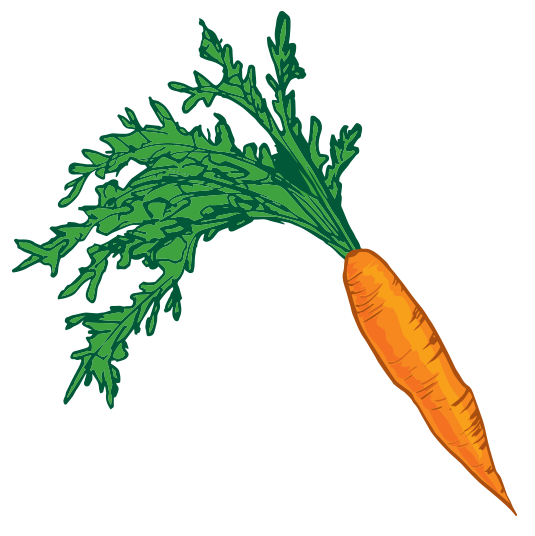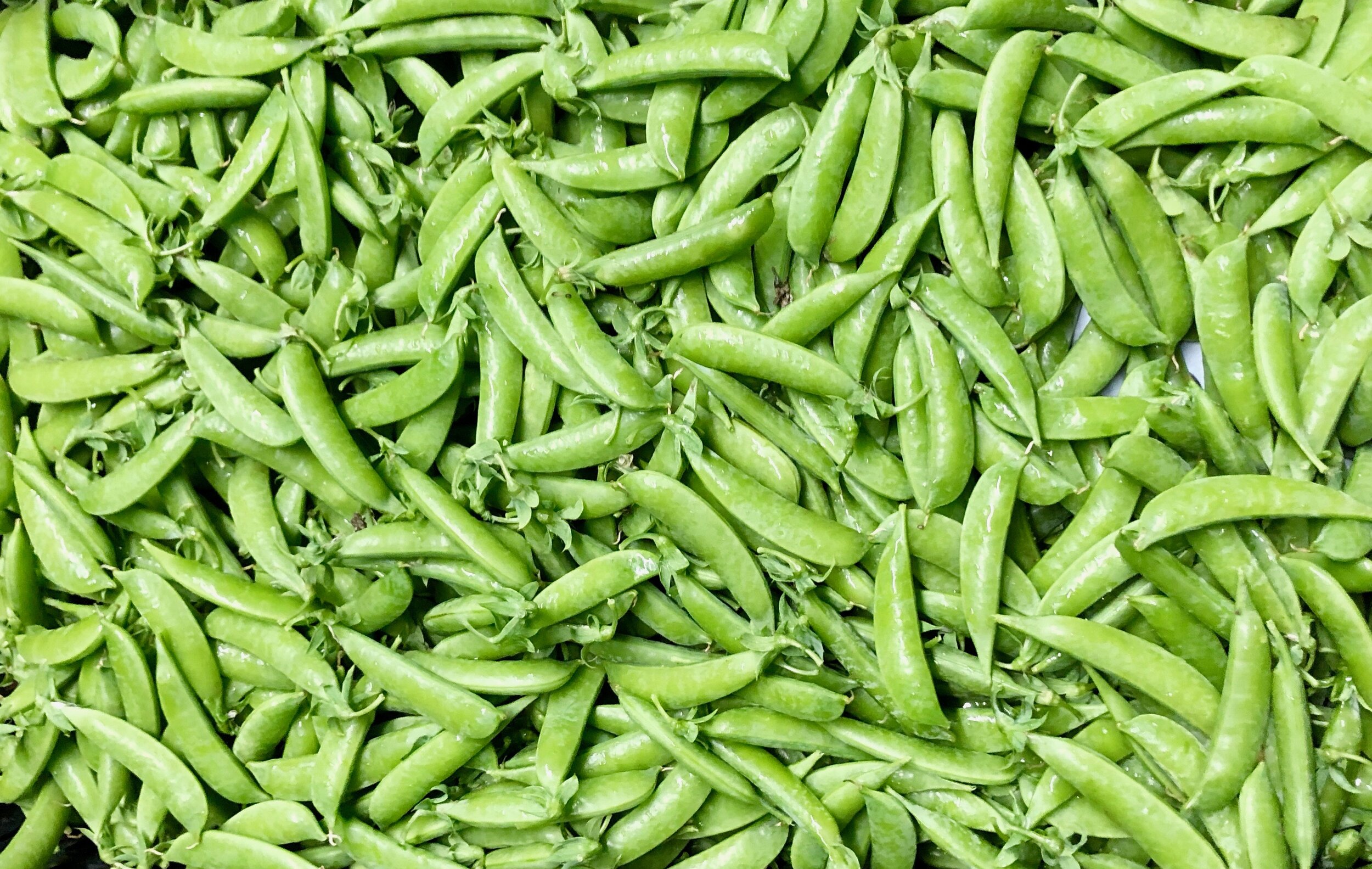Farm News, June 15, 2021
June is strawberry season at the farm, and currently the patch is loaded with berries. It’s been a dry spring, which goes a long way toward getting a good crop. Yesterdays rain will likely cause some losses in the early varieties, but we have plenty more berries coming in. Strawberry season is also extremely short! The patch will likely have great fruit through this week, with lower amounts next week before we finish up around the 25th of June.
Plentiful picking …
We think it’s important to point out that while picking strawberries takes some effort, it’s the last task on a long list of things that must be done just right in order to grow a good crop of organically grown strawberries in Connecticut, which is why we are one of only a few organic farms in the area that grow them.
Liv picks another of our ephemeral and favorite, early-summer crops: Sugar snap peas! What a great time of year! (Stay tuned for PYO peas.)
We start two years before by growing a lush cover crop of vetch and rye in late summer. The vetch and rye get a good start before winter sets in, and then grow like crazy with early spring rains. In mid-May we mow and till under the cover crop, add compost and mineral fertilizers, and plant the strawberry mother plants. This slow release, natural fertility promotes healthy, even, growth in the plants and its critical to getting a good crop, because we cannot use the toxic insecticides, fungicides, and herbicides commonly used by conventional growers in our area.
It takes a village to pick these berries!
Then we begin a yearlong battle with the weeds. At first, it’s fairly easy. The weeds start as tiny “thread” seedlings next to the relatively huge mother plants, so we can fairly easily kill them with our fancy cultivating equipment. But in July we pick off the flowers of the mother plants, and they respond by throwing out a riot of runners that create the “matted row” of berries you are picking in this season. While this multiplication of plants would make a stockbroker jealous, it makes it impossible for us to weed with machines, and in late summer our arch nemesis-chickweed- arrives in the patch. From late-summer through fall and into the next spring, our intrepid crew goes over the patch many times cleaning out chickweed and also the white campion weed that you can see blooming in the patch. Once weeded and into the home stretch, we spend several sleep deprived nights in May irrigating the patch through cold nights to keep the tender strawberry blossoms from freezing, because one frost can destroy a year’s worth of work overnight. Then with a little luck from the weather, the pickin’ and grinnin’ begins in June. After the party is over later in the month, we till in the patch and start all over again. (Conventional growers have a short cut here, because they can renovate their patches and use synthetic herbicides to keep the weeds down.)
Shell can attest: there are loads of berries out there.
Growing organic strawberries in Connecticut is a labor of love for us. They are very costly to grow! Please do to load up on all the nutritious and delicious salad and cooking greens we have at the farm stand while you are here picking strawberries. Tender butterhead and crisp romaine lettuce, dark green kale, colorful chard; it’s like a vitamin factory this time of year!
We hope you enjoy the farm and the produce,
Paul and Rebecca for the Fort Hill Farm Crew
Time to plant the squash! Hannah’s up for the task.
Featured this week:
Sugar Snap Peas: This ephemeral crop is here and gone in a flash, and although we tried to extend the season by transplanting the first crop, it was a bust this year. We can thank the geese for this, as they systematically nibbled their way down the rows of early peas, and the two plantings have collided. Get your sugar snap peas while the getting is good! I like heating them a bit to amp up the flavor (see recipe below), but most folks just eat raw out of hand.
Garlic scapes: These are the flowers of our topsetting hard neck garlic. Viewed with suspicion by shareholders in the past, they have become very popular due to their great garlic flavor and many uses. Cut off an inch or two of the thin ‘whip’ at the end of the flower, and the rest is good to chop up. Sauté in oil and then add cooking greens. Or check out our yummy garlic scape pesto recipe on the website. Great over pasta. Scapes will store for at several weeks in your fridge crisper (and can last for months!). They are a unique source of fresh, green garlic flavor and will tide you over until we have fresh garlic available in about three weeks.
Also available:
Salad mix, arugula, 5 kinds of head lettuce, French Breakfast and red radish, salad turnips, scallions, fennel, Chinese cabbage, kohlrabi, escarole, curly and lacinato kale, rainbow chard, basil, parsley, cilantro, dill, oregano, pea shoots, strawberries,
Coming Soon:
cherry tomatoes, summer squash
Pick Your Own:
Strawberries!
PYO Hours: 1:30 - 7PM. (PYO begins 30 minutes before and goes 30 minutes beyond barn hours.)
Recipes
Suggested by Rebecca Batchie
For more recipes, check out the Fort Hill Farm Recipe Database
Tempura Garlic Scapes
By Alexandra Stafford via Food52
1 pound garlic scapes
3 1/2 cups canola oil for deep frying
2 egg yolks
2 cups ice water
1/4 cup ice cubes
2 cups flour, cake or all-purpose
Garlic Scape Aioli
4 or 5 garlic scapes, straggly tips removed
Kosher salt
1 tablespoon capers
1 egg yolk
1 lemon
Crushed red pepper flakes
1/2 cup olive oil
1/2 cup neutral oil such as grapeseed, canola, or vegetable
1 tablespoon vinegar (optional)
Tempura Garlic Scapes
Prepare scapes: cut off the stringy tip from the flower end, and trim off the very bottom of the stem end. Cut each scape in half or into thirds, so that each piece measures about 4- to 6-inches in length.
Fill a heavy pot with tall sides (something with a wide opening is ideal) with canola oil to a depth of at least one inch. Use a deep fry thermometer to gauge the temperature -- it should be steady at 360° F. Maintaining a consistent temperature is important.
While the oil is heating, line a sheet pan with paper towels and set aside. Place two egg yolks in a medium-sized mixing bowl. Mix the yolks with two cups of cold water. Add one-quarter cup of ice cubes.
Add two cups of flour. Hold four chopsticks with their tips pointed down and stab at the flour to combine it with the liquid until a loose, lumpy batter forms, about thirty seconds. Do not whisk, and do not use a fork -- the batter should be barely mixed with pockets of dry flour visible. The liquid will be the consistency of heavy cream.
Dip a scape into the batter, then gently lower into the oil. Repeat until there are 5 or 6 scapes in the oil. It is important not to overcrowd the pan. Note: Do not rush through the frying process by crowding the pan -- the scapes won’t cook properly.
Cook until the batter turns golden brown, 1 to 2 minutes total. Remove the scapes from the oil using a spider or slotted spoon, and place them on the paper towel-lined tray to drain. Season with a pinch of salt immediately, then repeat the dipping and frying with the remaining scapes. Serve immediately with the aioli.
Garlic Scape Aioli
In a food processor, pulse the garlic scapes with a pinch of salt until finely minced, scraping down the sides of processor as necessary. Add the capers, egg yolk, and juice of half a lemon and process until combined.
With the motor running, pour the oil through the food pusher insert so that it enters the processor through the teensy hole at the bottom — this allows the oil to enter very slowly and will ensure that the aioli emulsifies.
After all of the oil has been incorporated, stop the motor and taste. Add more salt and a pinch of crushed red pepper flakes if necessary. Add more lemon or, if the aioli is needing more bite, add the vinegar. Process again, and continue adjusting as needed until it tastes right. Store in fridge until ready to serve.
Asian Chicken Salad with Snap Peas and Bok Choy
From BonAppetit
2 skinless boneless chicken breast halves (about 1 pound)5 fresh cilantro sprigs plus 1/3 cup chopped cilantro
1 whole green onion plus 2 green onions, chopped
5 1 8-ounce package sugar snap peas
3 baby bok choy, thinly sliced crosswise
1 English hothouse cucumber, quartered lengthwise, thinly sliced crosswise
1 red jalapeño chile, thinly sliced
1/4 cup ponzu*
2 1/2 tablespoons seasoned rice vinegar
2 1/2 tablespoons vegetable oil
1 tablespoon minced peeled fresh ginger
PREPARATION
Fill medium skillet with salted water; bring to boil. Add chicken breasts, cilantro sprigs, and whole green onion; reduce heat to medium and poach chicken until just cooked through, about 20 minutes. Using tongs, transfer chicken to plate; cool. Add snap peas to same skillet; increase heat to high and cook until crisp-tender, about 1 minute.
Drain; rinse snap peas under cold water to cool. Discard whole green onion and cilantro sprigs. Coarsely shred chicken. Toss chicken, chopped cilantro, chopped green onions, snap peas, and next 3 ingredients in large bowl. Whisk ponzu, vinegar, oil, and ginger in small bowl. Add dressing to salad; toss to coat. Season to taste with salt and pepper.







